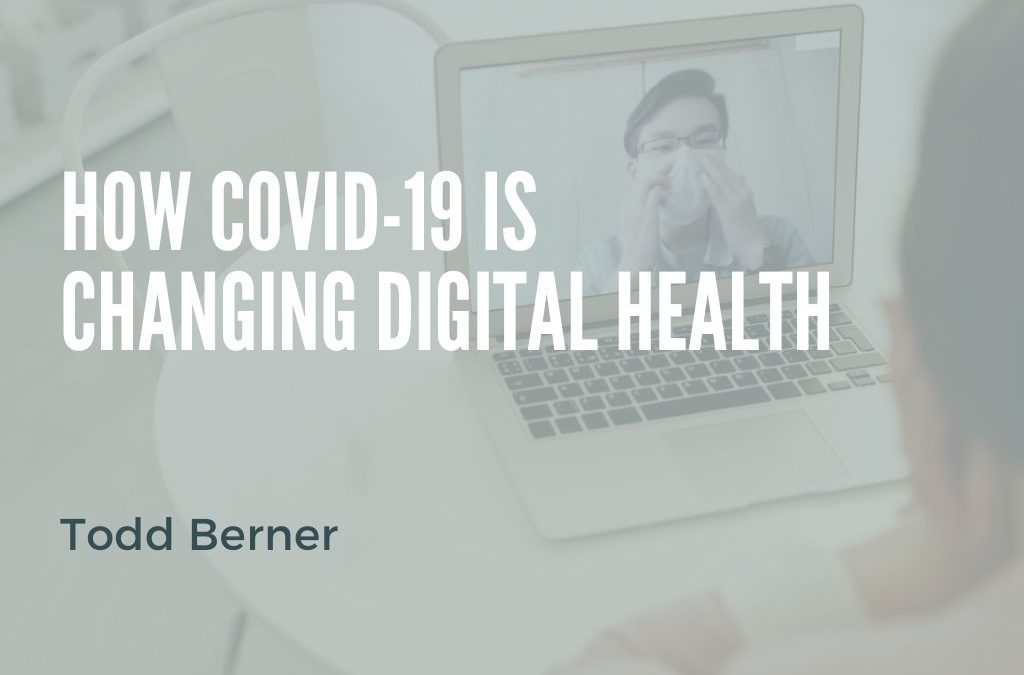Even before the COVID-19 pandemic, healthcare organizations were faced with the herculean task of updating decades of physical data to EHRs. This task has been drawn out for a long time, to the point where earlier EHRs themselves are outdated enough to require another migration to a more robust system. Both compliance concerns and the high material and labor cost of making the switch have slowed down digital health transitions. However, the necessity of remote healthcare during the pandemic has accelerated digital development for many organizations and highlighted opportunities in digital health.
In many cases, infrastructure improvement projects were already underway in hospitals before the pandemic began. Finding ways to create scalable telehealth systems has long been considered as a means of better managing patients and doctor schedules. Now, it’s a necessity when hospitals must find ways to mitigate risk to themselves and their patients. Consultations can easily be managed through telehealth tools, including 99% of consultations for general practice surgeries.
NHSX CEO Matthew Gould spoke at FutureMed 2020 “Technology to the Rescue,” where he had this to say about the acceleration of telehealth services:
“One of the examples that I’ve noted from a close colleague of mine that works in a hospital system; they have three hospitals and in 2019 they had 1,950 telehealth visits. Today they’re averaging over 2,000 per week.”
The improvement of data infrastructure has also helped organizations better manage the workload that comes with a pandemic. Anonymous data at the national level has helped track statistics among COVID cases, and the relaxation of some regulations regarding the sharing of patient data has given clinicians better access to information. The proliferation of data has also helped with hospital logistics, tracking capacity and supply flow.
However, it’s worth noting that COVID has presented the challenge of balancing personal privacy with public health concerns. The rush to develop a viable contact tracing solution has called into question how much privacy should be suspended for the sake of combating the pandemic. While contact tracing has been met with some skepticism regarding its effectiveness, it has become another piece of the puzzle when it comes to tracking the spread of COVID. Currently, all contact tracing is voluntary and requires the download of an app.
It is likely that many of the provisions put in place for telemedicine during the pandemic will stick around after. Clinicians have been forced to learn new technology by necessity, one of the largest hurdles when it comes to adoption. Even post-pandemic, telemedicine offers the opportunity to help give patients remote access to medical care and ease the strain on hospitals. COVID has accelerated our adoption of online tools, helping to jumpstart a series of historically slow innovations in healthcare.
